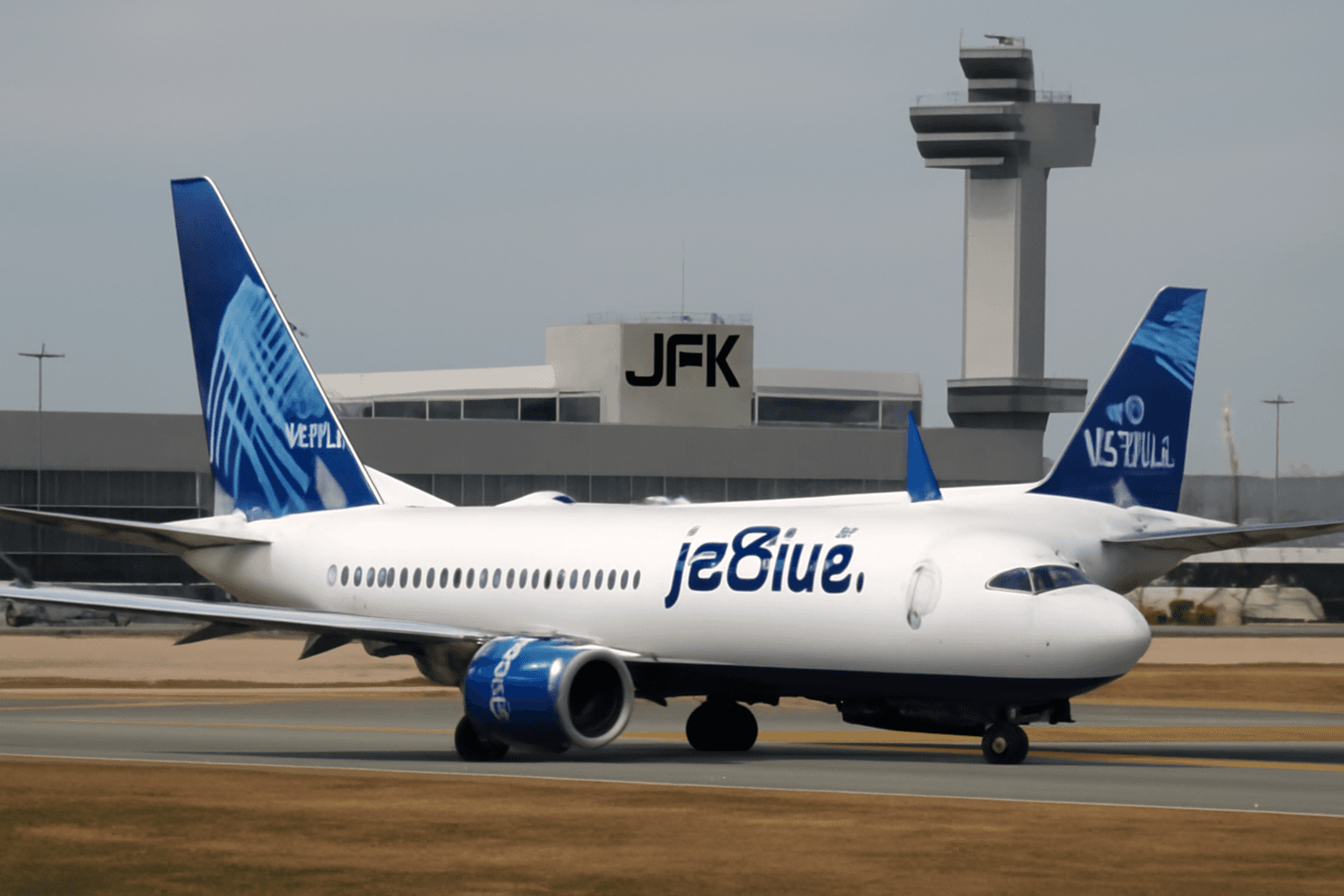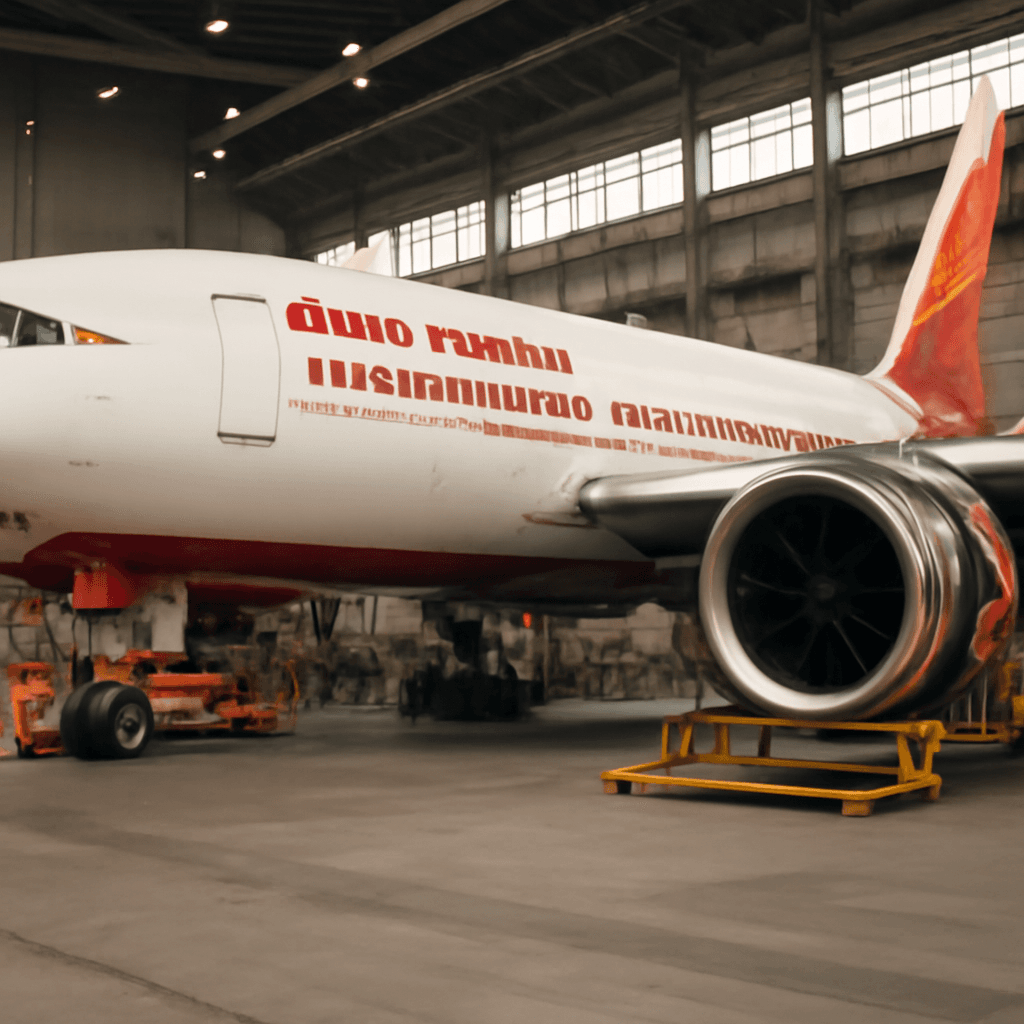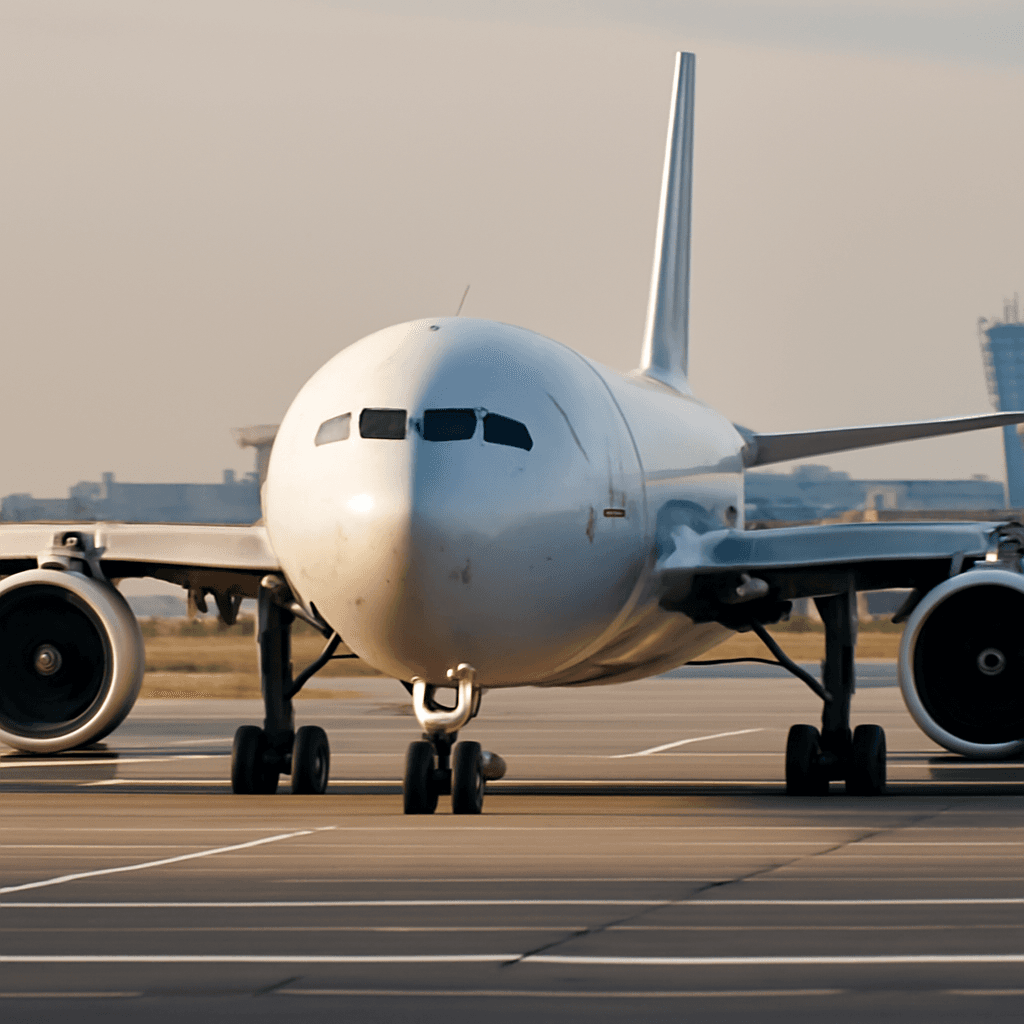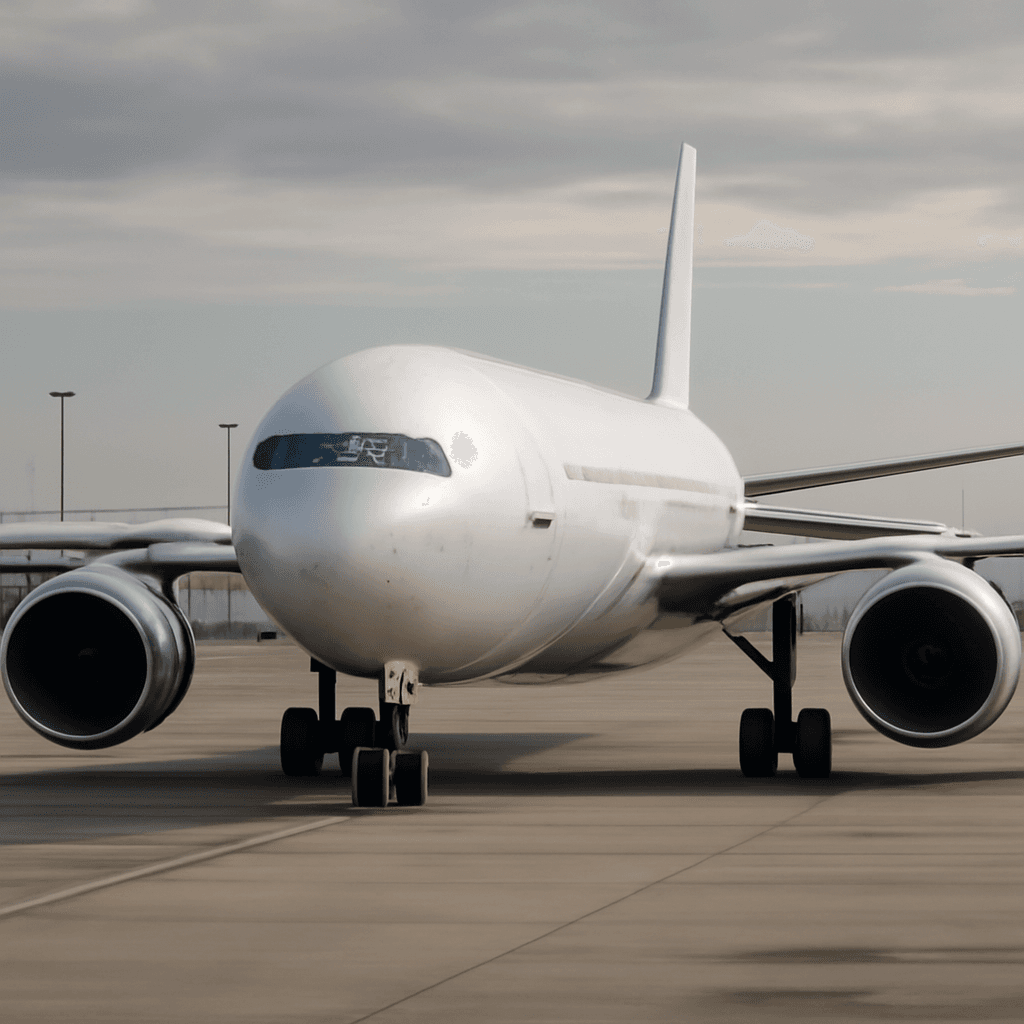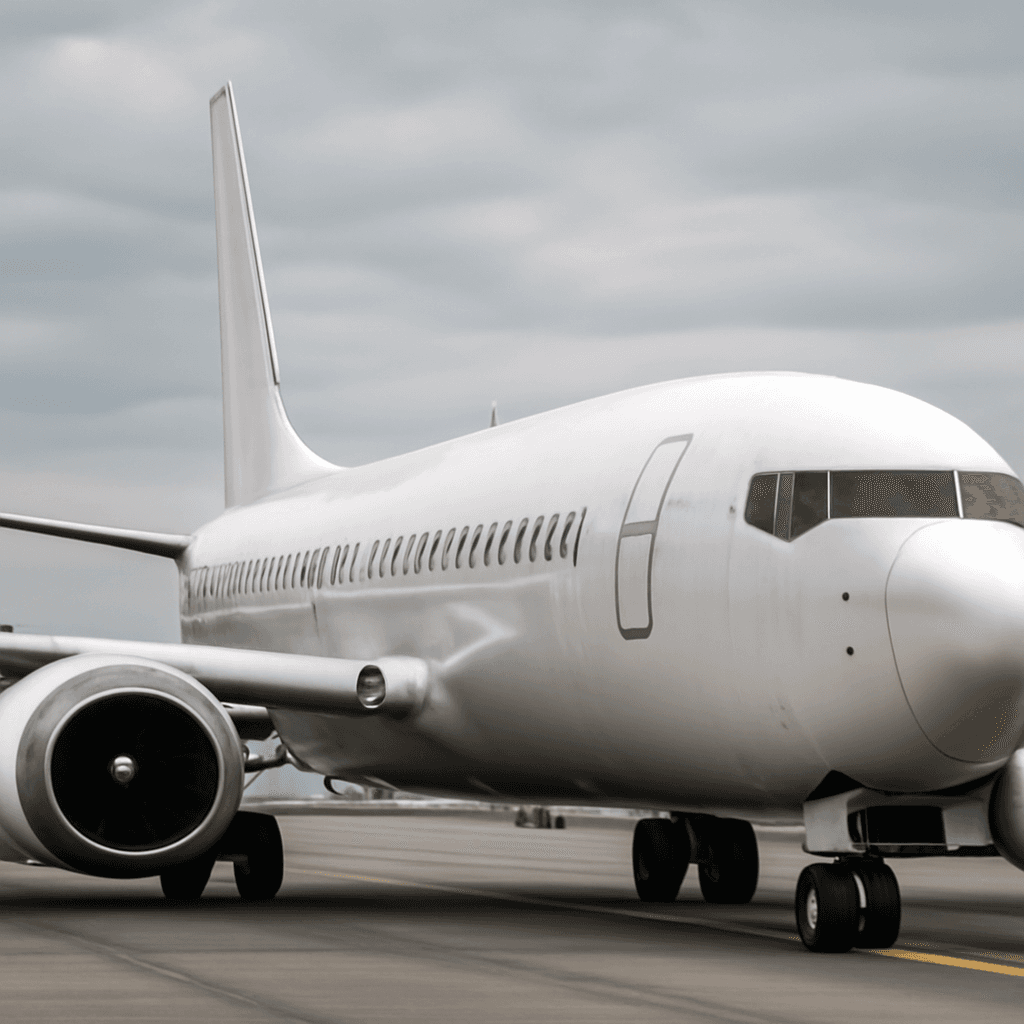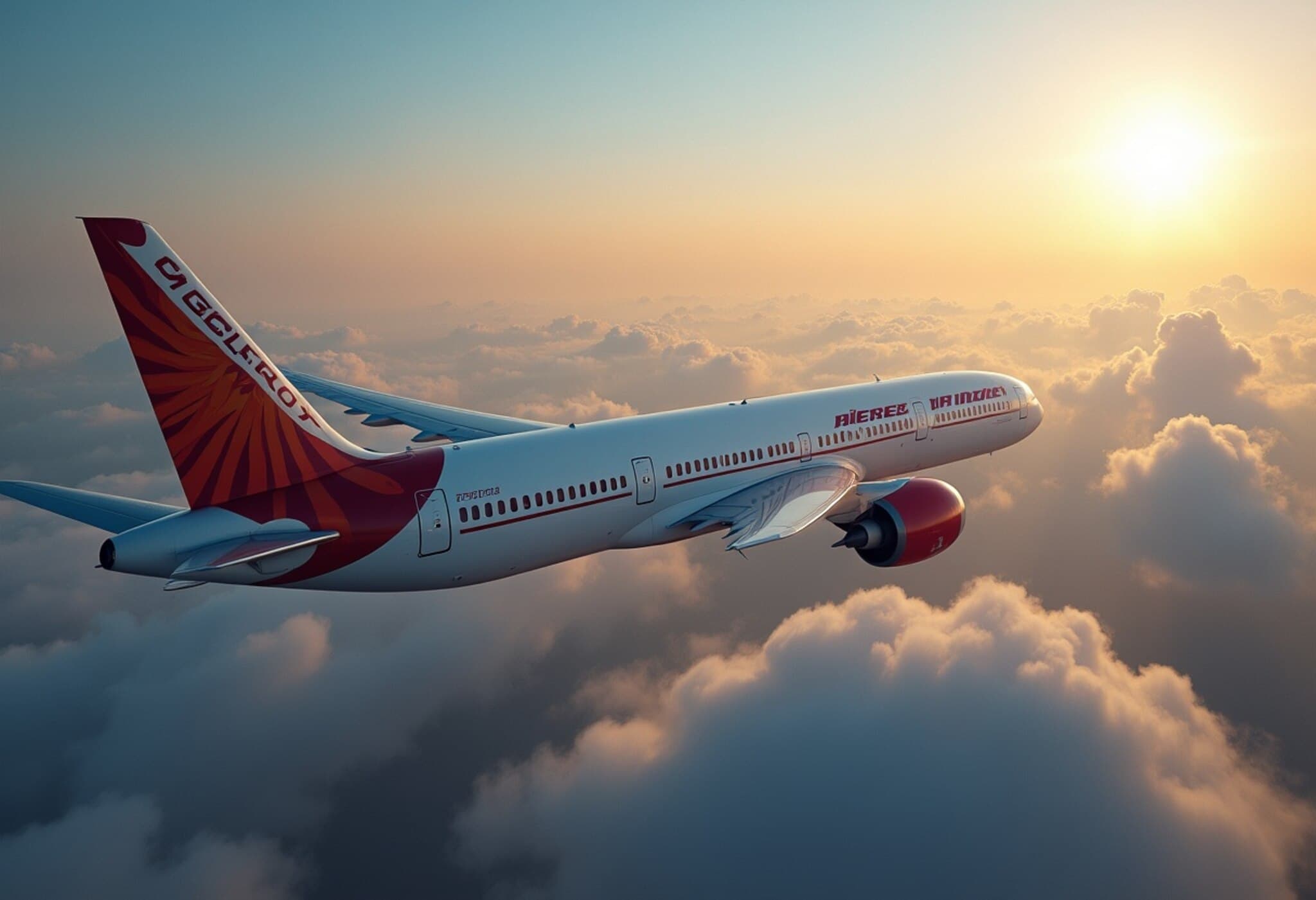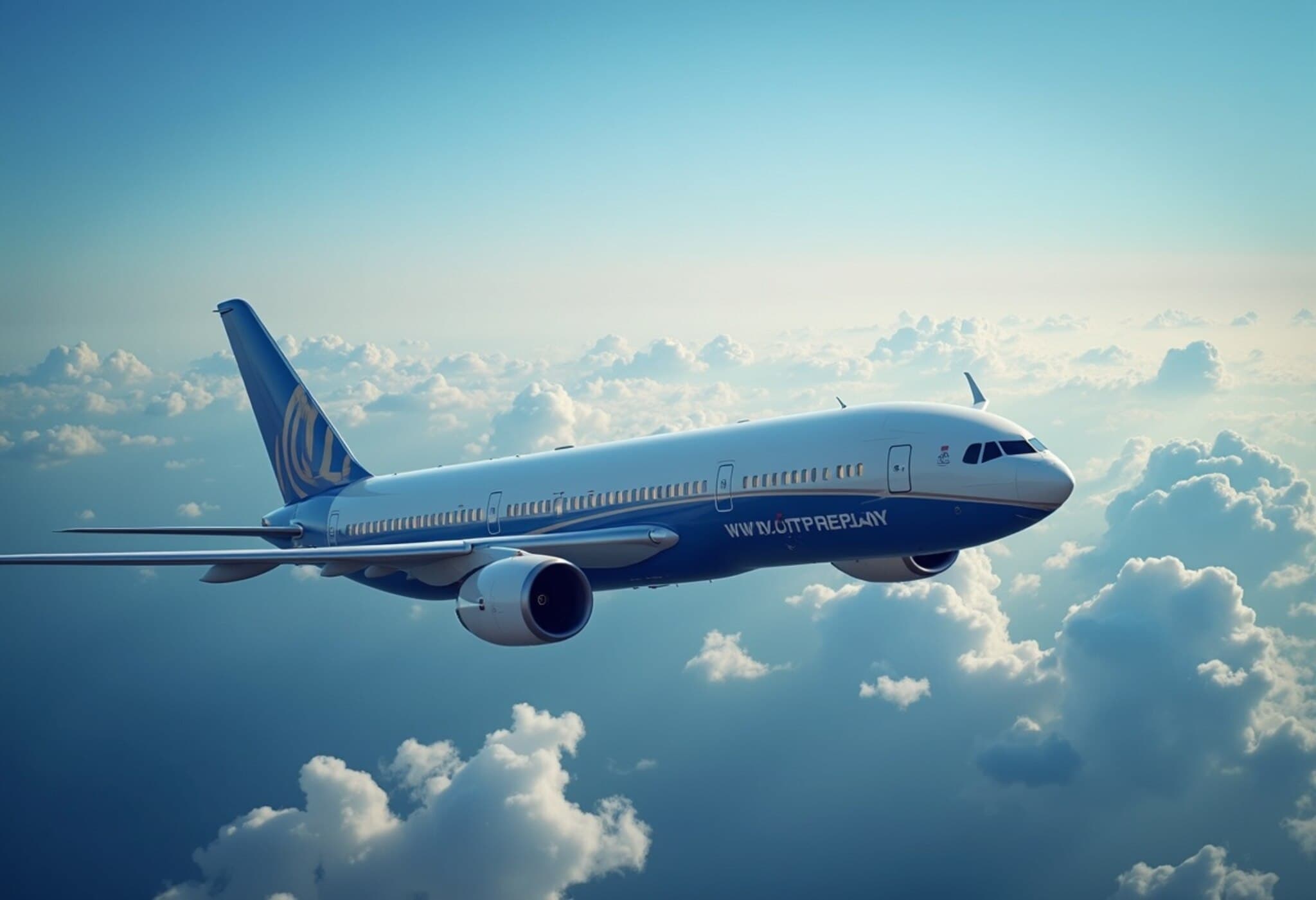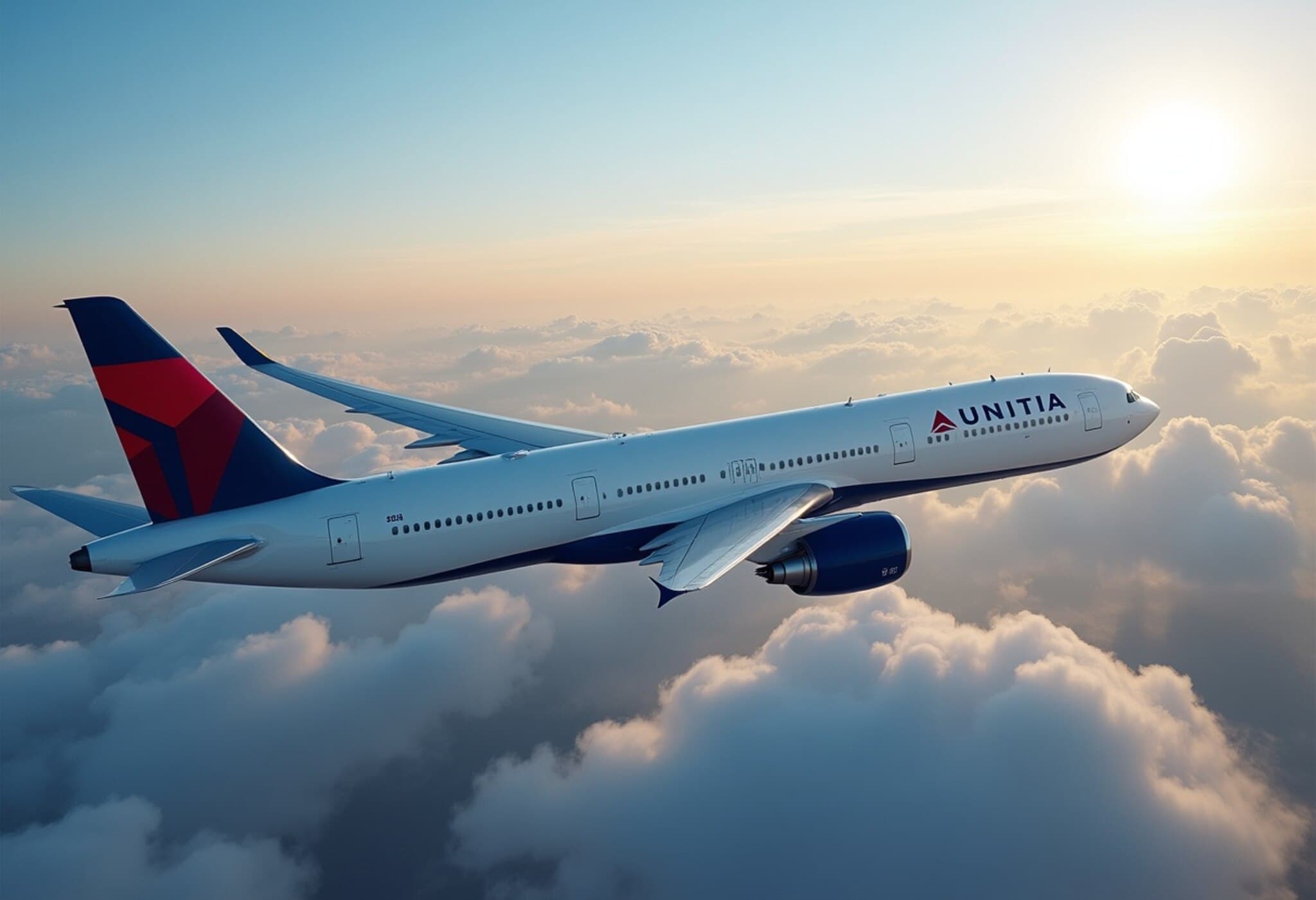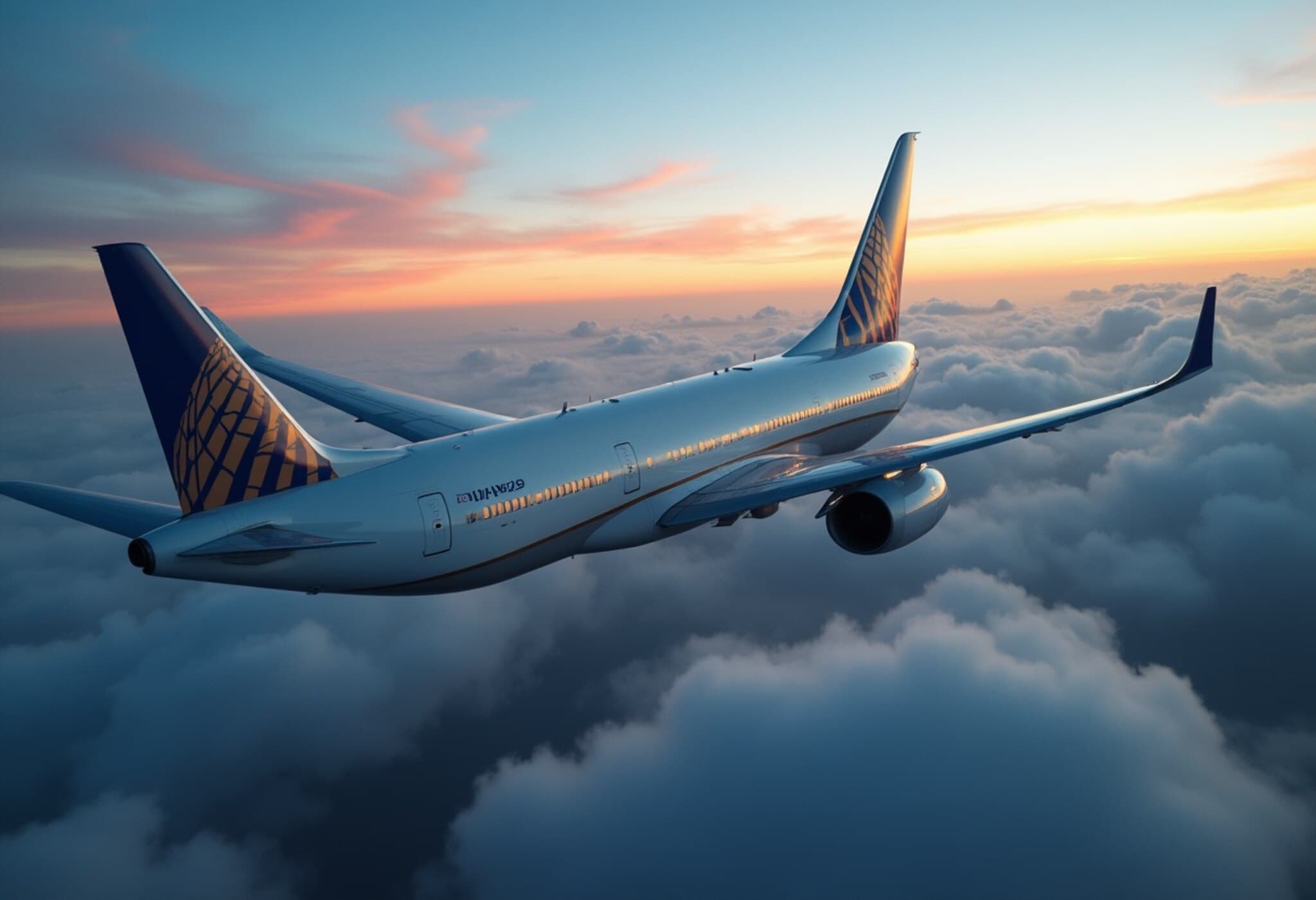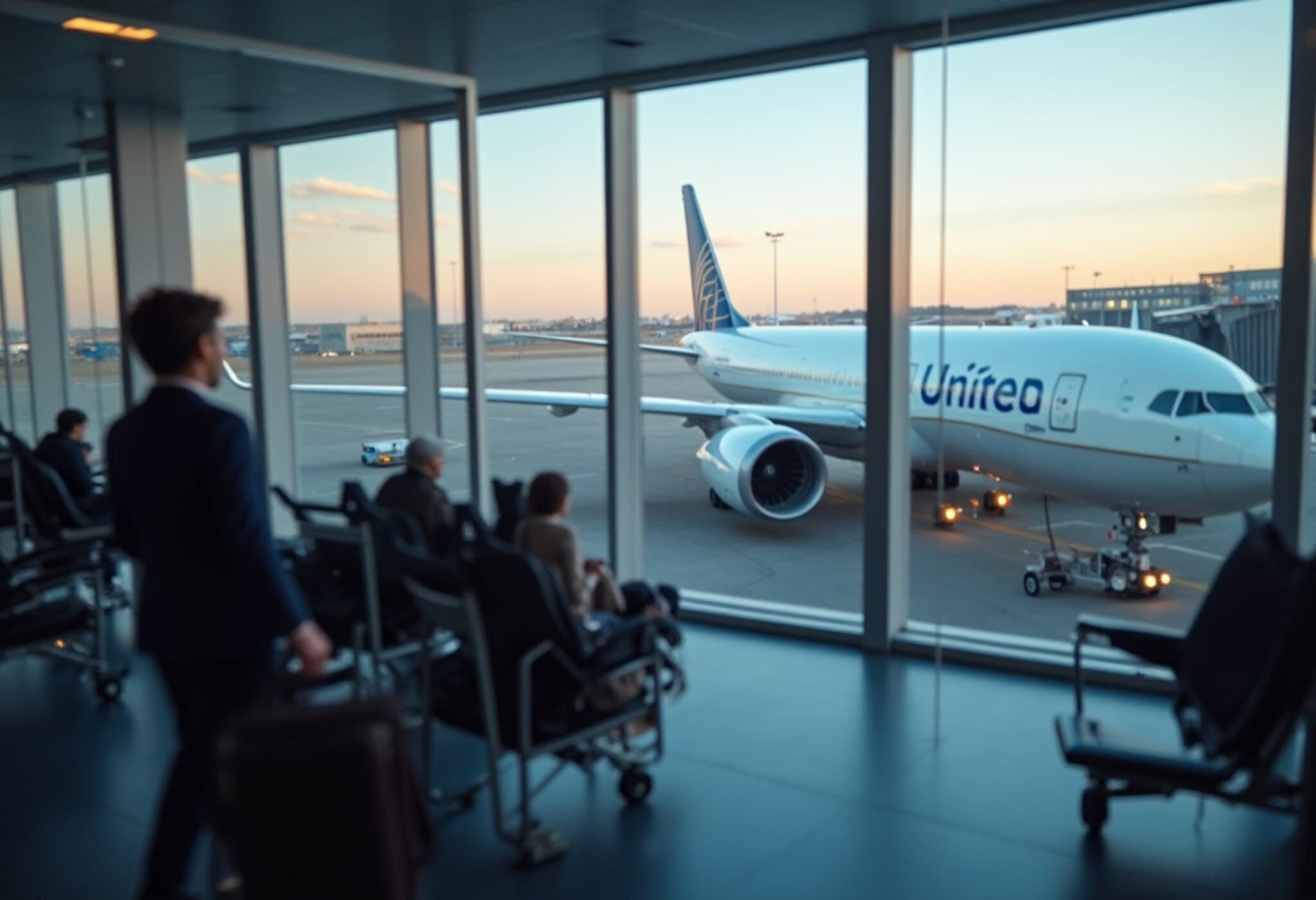United Airlines Revises 2025 Earnings Forecast Downward
United Airlines announced a tempered profit outlook for 2025, anticipating earnings between $9 and $11 per share, a revision downward from an earlier range of $11.50 to $13.50 per share. This adjustment signals ongoing challenges in the aviation sector, despite signs of recovering travel demand after a rocky start to the year.
Second Quarter Results Show Mixed Signals
For the quarter ending June 30, United reported adjusted earnings per share of $3.87, slightly beating analyst expectations of $3.81. Revenue, however, came in at $15.24 billion, marginally below the forecasted $15.35 billion. Net income stood at $973 million, marking a 26% decline year-over-year to $2.97 per share, though adjusted figures rose to $1.27 billion.
Despite these mixed results, United’s CEO Scott Kirby expressed optimism. "The world is less uncertain today than it was during the first six months of 2025, giving us confidence for a strong year-end," Kirby remarked, signaling an improving economic backdrop that bolsters travel demand.
Domestic and International Revenue Trends
Unit revenue for the quarter fell by 4%, with domestic passenger revenue per seat mile shrinking 7%. This indicates softer pricing power in the U.S. domestic market amid competition and subdued demand early in the year. Conversely, international routes provided some stability, though even there, United’s European revenues slipped by 2.2%. Premium cabin sales rose by 5.6%, demonstrating that travelers continue to value enhanced flying experiences, while basic economy fares also saw a modest increase.
Operational Challenges Weigh on Profit Margins
United cited operational constraints at its Newark Liberty International Airport hub, which dented its second-quarter pretax margin by 1.2 points and is expected to reduce third-quarter margins by 0.9 points. These disruptions stem from FAA restrictions announced in May, tied to air traffic controller shortages and broader staffing challenges that have constrained flight capacities and increased delays.
Industry-Wide Capacity Adjustments Ahead
Like its rivals, including Delta Air Lines, which recently lowered its profit forecast and plans to cut capacity after the summer peak, United is navigating a landscape where airlines balance recovering demand with operational limits and economic caution. The ongoing adjustments underscore a transitional period for the U.S. airline industry, striving to optimize profits amid unpredictable market conditions.
Looking Forward: Third Quarter and Beyond
- United forecasts third-quarter adjusted earnings of between $2.25 and $2.75 per share, aligning with analyst estimates.
- The company maintains cautious optimism but highlights that airport operational constraints remain a significant margin headwind.
- Other major carriers are set to announce their quarterly results soon, providing further clarity on market trends heading into the second half of the year.
Expert Insights: Navigating Uncertainty in Air Travel
Industry analysts note that despite the rebound in travel demand, airlines are operating amid a complex mix of factors: lingering supply chain bottlenecks, fluctuating fuel prices, and labor shortages, particularly in vital support roles like air traffic control. United's forecast downgrade can be seen as a realistic response to these persistent operational hurdles.
Moreover, the rising willingness of travelers to pay for premium seats reflects evolving consumer preferences, signaling airlines might focus more on upscale service offerings to bolster revenue streams.
Given the critical role of hubs like Newark, addressing infrastructural and staffing challenges will be central to improving margins and recovering full operational capacity.
What This Means for Passengers and Investors
For passengers, these constraints may translate into continued delays or limited availability on key routes during peak periods. Investors should remain watchful of how efficiently United and its peers manage these challenges amidst broader economic uncertainties.
Questions to Consider
- How will United and the airline industry address labor shortages that impact operational efficiency?
- Can premium cabin growth offset declines in economy revenue sufficiently in a more volatile economic environment?
- What long-term strategies are airlines adopting to mitigate risks from airport capacity constraints?
Editor's Note
United Airlines’ revised forecasts underscore a cautious optimism in the air travel sector. While demand is rebounding, operational challenges and tightening margins create a delicate balancing act for carriers. As airlines adjust capacity and pricing strategies through 2025, close attention to infrastructure and labor issues will be essential for sustainable recovery. Readers should watch how these factors impact travel experiences and the aviation market landscape moving forward.


